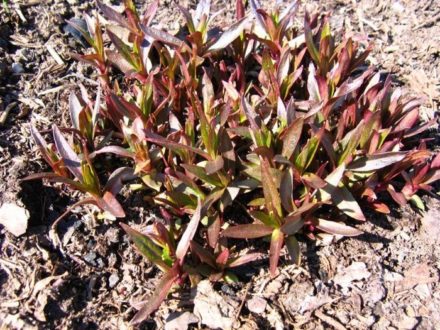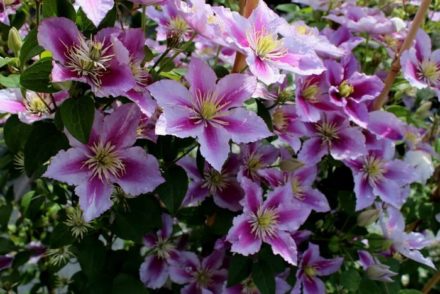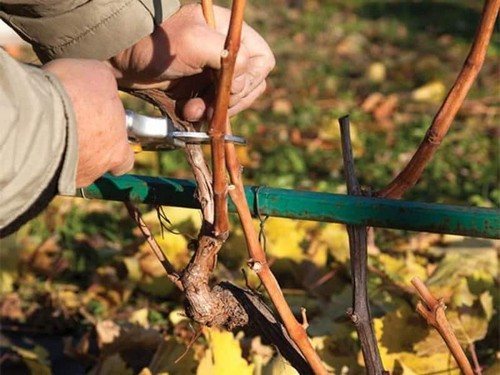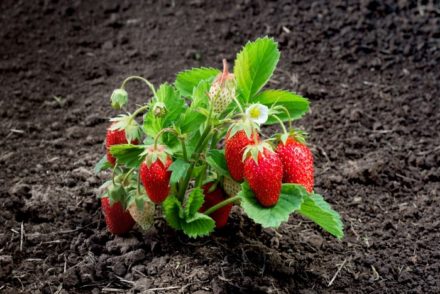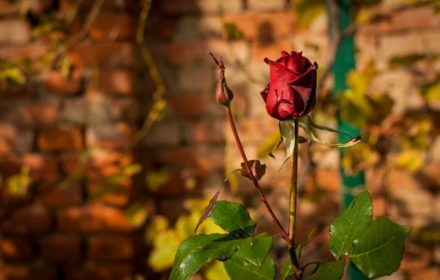Thuja is an unpretentious plant. But in order for it to successfully take root, you must follow several rules for planting and care.
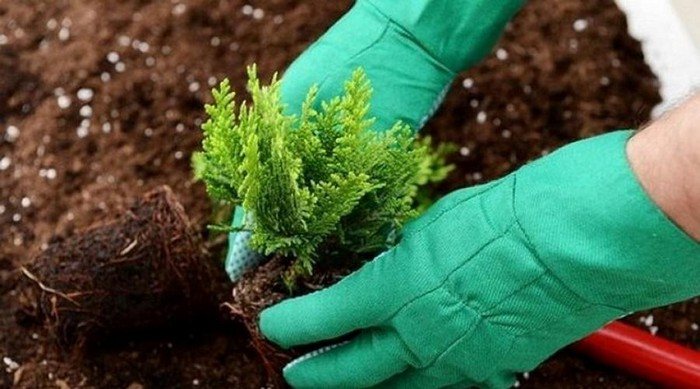
In a container and without dry needles - you need to choose healthy plants
Tips for choosing a seedling:
- The container with which the thuja is sold must contain soil, otherwise there is a high probability that the plant will not take root. The root system of older plants is usually wrapped in burlap along with the soil.
- Younger plants are cheaper. The best option is a 2-4 year old tree up to 30 cm high.
- An autumn seedling should have young growth. If it is not there, most likely the tree is sick.
- Compare color match to variety. There should be no dry needles at the ends of the shoots (closer to the trunk is considered the norm).
- Check the freshness of the seedling: squeeze the top with your fist. If, after the hand is removed, the needles straighten out, the plant can be taken.
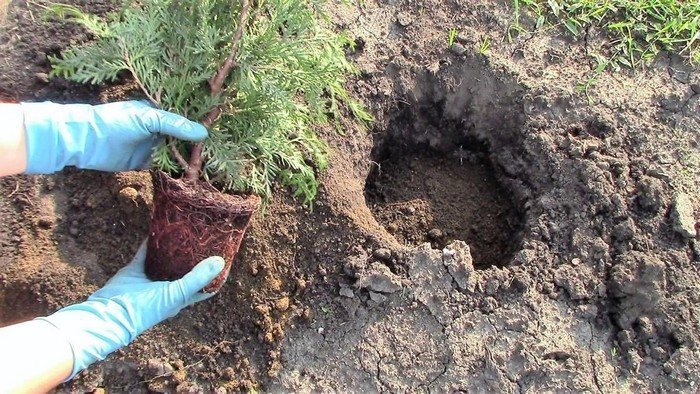
Planting no later than the end of October
Benefits of planting in autumn:
- relatively low prices for seedlings;
- heavy rainfall will provide watering;
- availability of material for mulching.
Planting takes place at the end of August - September. But unlike plants with an open rhizome, you can send a container seedling into the ground before the end of October.
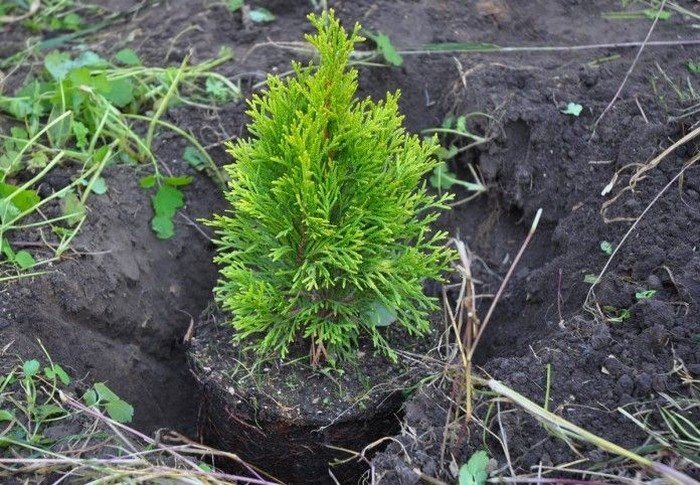
A little sun and shade
Although thuja is not picky, some excess influence of certain factors can lead to its death.For example, constant sun or lack of it significantly impairs growth and negatively affects the health of the tree. The optimal place would be where shadow and light alternate throughout the day.
Excess moisture has a negative effect on the root system, so there should be no standing water near the planting site.
Thuja should not be planted in an area open to the wind. Otherwise, you need to organize measures to shelter the tree from winter snowstorms.
Planting a seedling
Disembarkation stages:
- dig a hole about 50 cm deep and an average width of 80 cm;
- Place the top layer of earth that remains after excavation at the bottom of the hole, grass side down, and crush it with a shovel;
- cover with leaves in a layer of 4 cm and a layer of earth on top;
- make and compact another 2-3 such layers to the level of direct planting;
- place the plant in the middle and dig in with the remaining soil;
- mulch with pine needles and leaves with a layer thickness of about 6 cm.
Finish the process with abundant watering. In dry weather it is necessary to add water at least once a week.
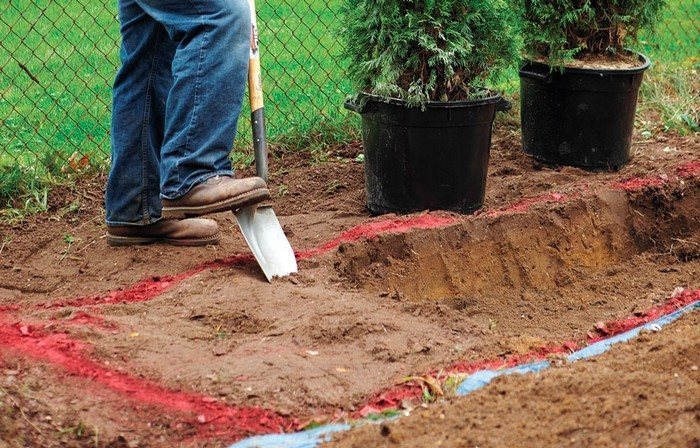
Shelter from the cold
In the first year after planting, it is advisable to protect the thuja from frost. The frame for the plant can be made of wire, over which burlap or a thick layer of gauze is placed. The protection must last throughout persistent frosts.




